In recent years, there has been a notable growth in the field of American-made watches. Detroit-based Shinola is frequently discussed, and Pennsylvania-based RGM has long been lauded in its efforts to bring handcrafted horological artistry back to the famed Lancaster area; but no list would be complete without mentioning Los Angeles’ Weiss Watch Company. The brand, founded in 2013 by Cameron Weiss, has been steadily releasing and revamping a growing collection of field watches, made unique by the brand’s effort to source, manufacturer, and assemble as many American parts for the watches as possible. Weiss is likely best known for the release of its Caliber 1003— a rare example of an almost completely American-manufactured movement.

Among its many different styles in the field watch category, we’ll be focusing on Weiss’s most classical design in the Weiss 38-mm Standard Issue Field Watch. The piece, as its name indicates, is a 38-mm watch with a utilitarian, brushed steel case with a polished bezel, worn close to the wrist at 9.7 mm in height, and with a signed crown tight to its side. The watch’s dial is available in four colorways, each upon a machined, naval brass baseplate: navy blue, forest green, white, and latte (a sort of aged tan color). On the outer edge is a minute track with 1/5 marks between each one-minute marker, and a small Arabic numeral for every five; accompanying them are larger Arabic numerals for the hours. Toward the bottom of the dial is a nicely executed 60-second subdial, and beneath that a small “Los Angeles, CA” script; while toward the top is Weiss’s unique logo with its trademark analog hands for the i. Three of the models use Super-LumiNova-filled sword hands for the hour and minute indicators, while the latte variant uses a skeletonized version of the hands with small syringe pointers at their tips.
Inside the watch is the manually-wound Caliber 1005, which is a Weiss-customized and L.A.-assembled ETA 7001, capable of a 42-hour power reserve. The hand-finishing on the movement is visible through a small sapphire caseback, itself interestingly secured via four hex screws to the lugs. Currently the watch is available exclusively through Weiss’s website for $1,250, with the white-dial version being a few hundred less at $950.
The history of the field watch could just as well be a history of the wristwatch itself, so for that reason I won’t go into all the details that inform Weiss’s watch’s design, instead saving those thousand or so words I’ve now written on the topic for a different day. Historically, field watches tend to share some common traits: an unadorned, utilitarian steel case, large black or white Arabic numerals on a simple contrasting dial, prominent and visible hands for easy time-telling, and a durable and accurate-enough movement that would be deemed a “workhorse” some years later by internet historians.
Depending on the era and the maker, a field watch might have a few key features which distinguish it from the category as a whole. For example, before World War II there was no strong standardization of the category, so examples ranged from small rectangular trench watches, to large converted pocketwatches; however, during the war the form settled into an approximately 32-mm case size, frequently with an unbranded dial as in the A-11, or with a unique set of hands and 6 o’clock subdial, as is the case of the watches in the “Dirty Dozen” collection. In terms of brand-specific attributes, IWC field watches are best known for their iron core cases, which help the movement inside resist magnetic interference, while the Rolex Explorer I and Tudor Ranger are recognizable by their distinct hands and dial configurations. Possibly the most telling trait of a field watch influenced by this era is its case size, with a loose rule of thumb being the addition of 1 mm or so for each decade past the 1940s.
The Weiss 38-mm Standard Issue Field Watch engages with the history of this category, while differentiating itself in style and developing the character of the brand’s growing collection of watches. While not explicit in Weiss’s marketing, the style alludes foremost to a 1940s and early ‘50s styling as seen in the simple steel case with its sturdy crown; smaller Arabic numerals proportional to the dial; sword-style hands; and most significantly, its 6 o’clock subdial. Beyond the obvious effort to engage with the past, we also see some key modern touches, as in the polished rather than matte-brushed steel bezel, the various color options, the racing-style outer minute ring rather than a more traditional railroad track, and, of course, the sapphire exhibition caseback and cheeky brand logo.
Overall, the watch does well in alluding to the past while establishing itself as a modern timepiece. If Weiss does plan on producing a more dedicated “vintage homage” model, I wouldn’t expect or really want anything more than a slightly different color scheme, using faux patina accents and blued steel hands. If the brand were to revisit this particular model, the only changes past the minor aesthetic I foresee would be using a less reflective, brushed bezel instead of the polished one, or perhaps a more watertight screw-down crown — both practical changes which would add to its field watch credentials. Overall, for a company to produce a chiefly American-made watch while keeping its price comparably low is quite a significant feat. Furthermore, I like that the handsome character of the 38-mm Standard Issue can shine through and engage with the history of the field watch category without being an explicit homage or re-creation; it’s a special trait and one that, with luck, could become a Weiss signature.
For the most recent article in the “Vintage Eye” series, in which we discuss the historical influences on the Baltic Aquascaphe, click here.
Caleb Anderson is a freelance writer with a primary focus on vintage watches. Since first discovering horology, he has garnered extensive knowledge in the field and spends much of his time sharing his opinions among other writers, collectors, and dealers. Currently located near New York City, he is a persistent student in all things historical, a writer on many topics, and a casual runner.

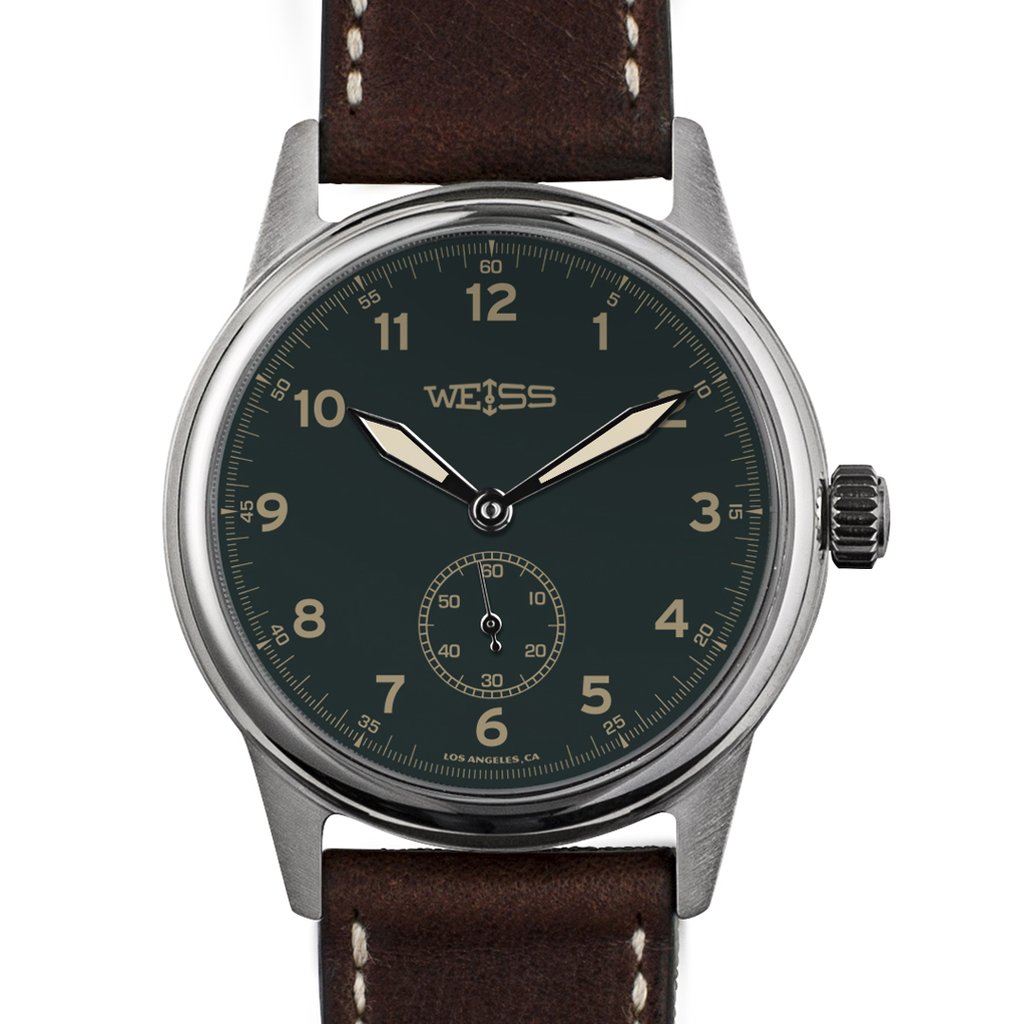

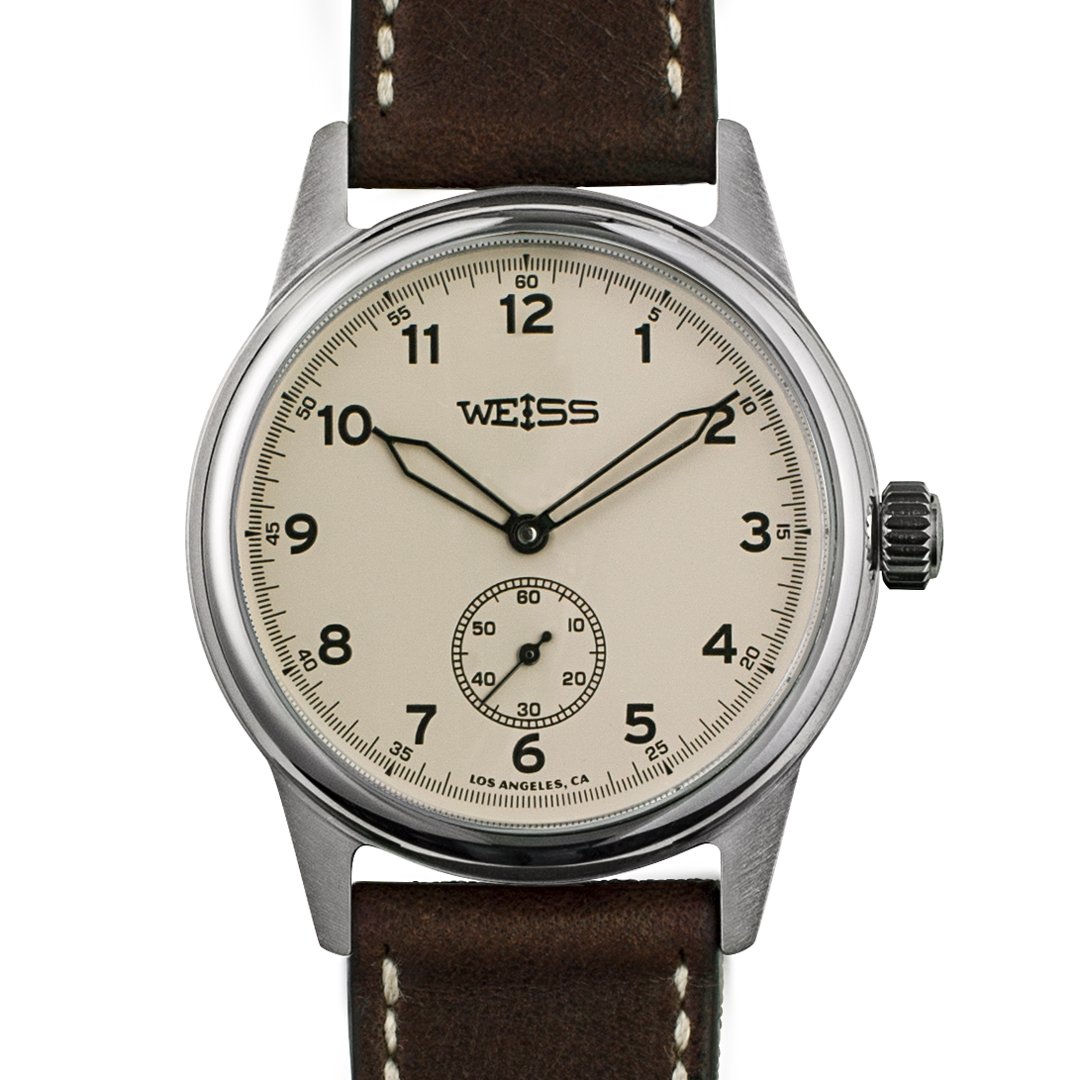
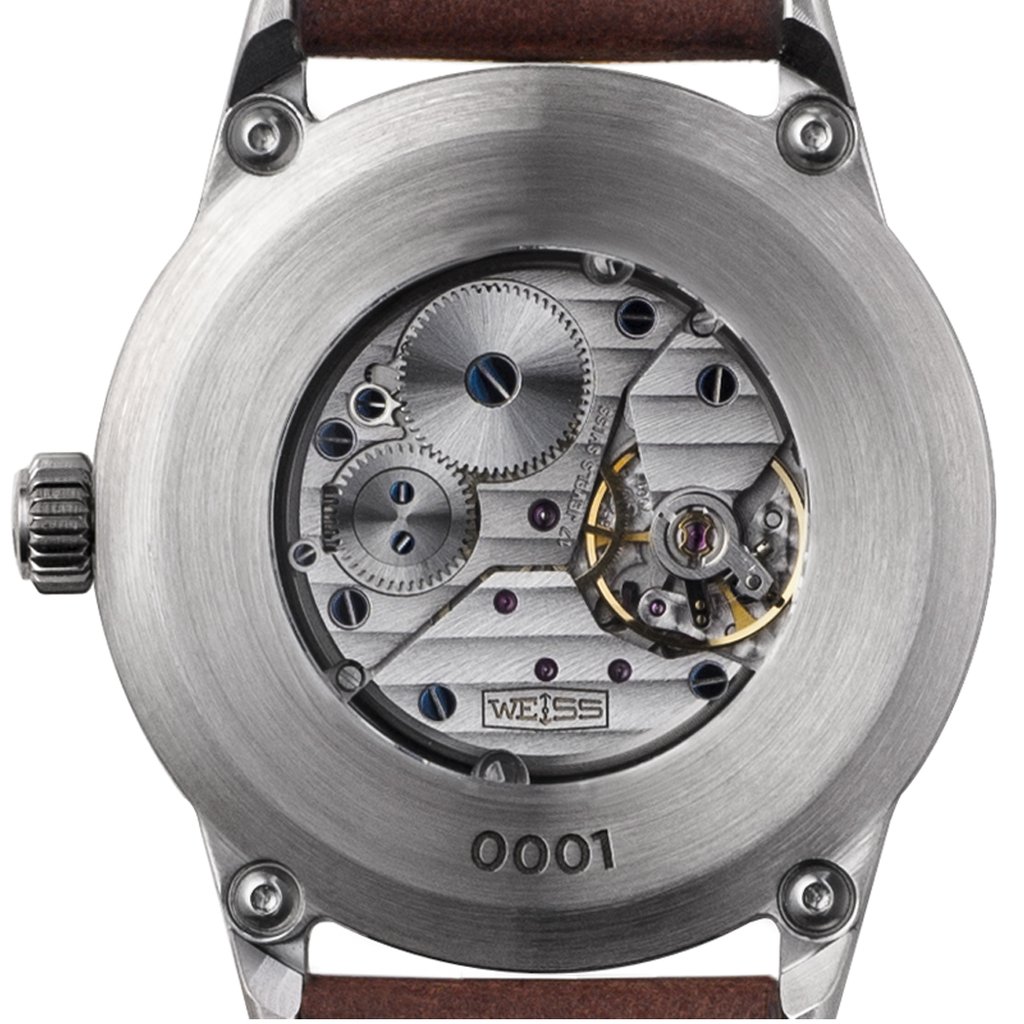
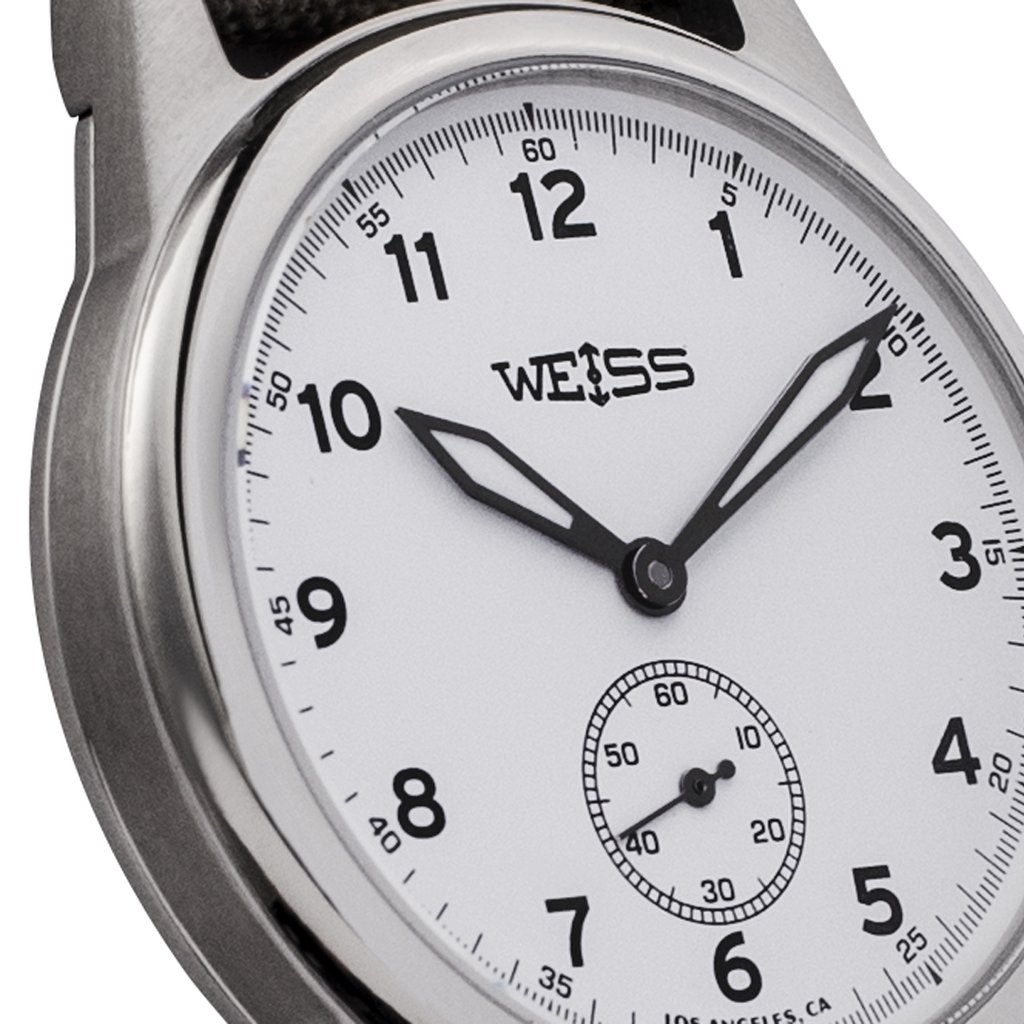

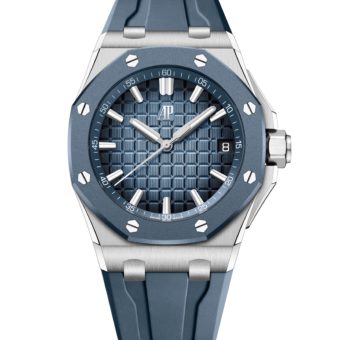
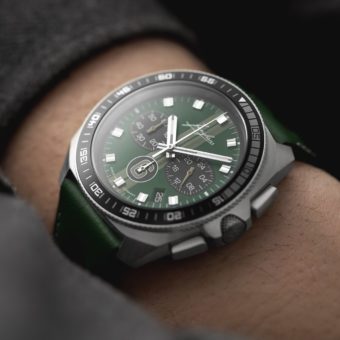
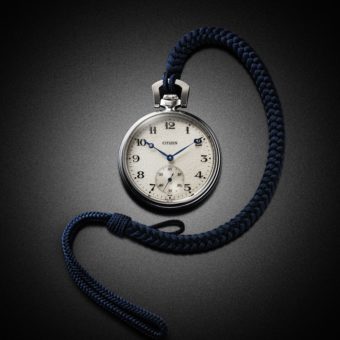
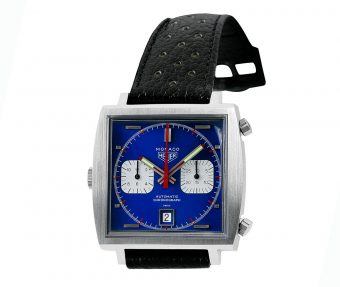
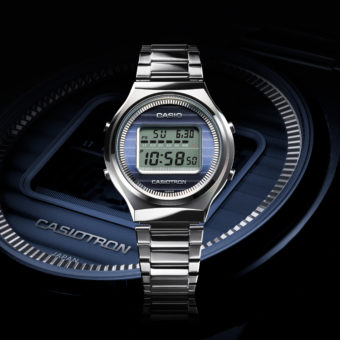
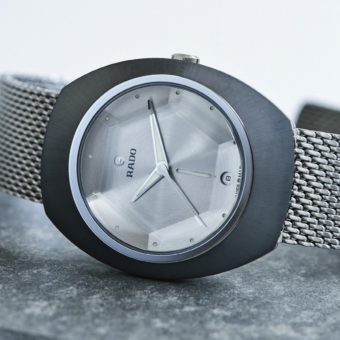
Great article! I believe the 38mm hand-wound Weiss is also available in black dial.